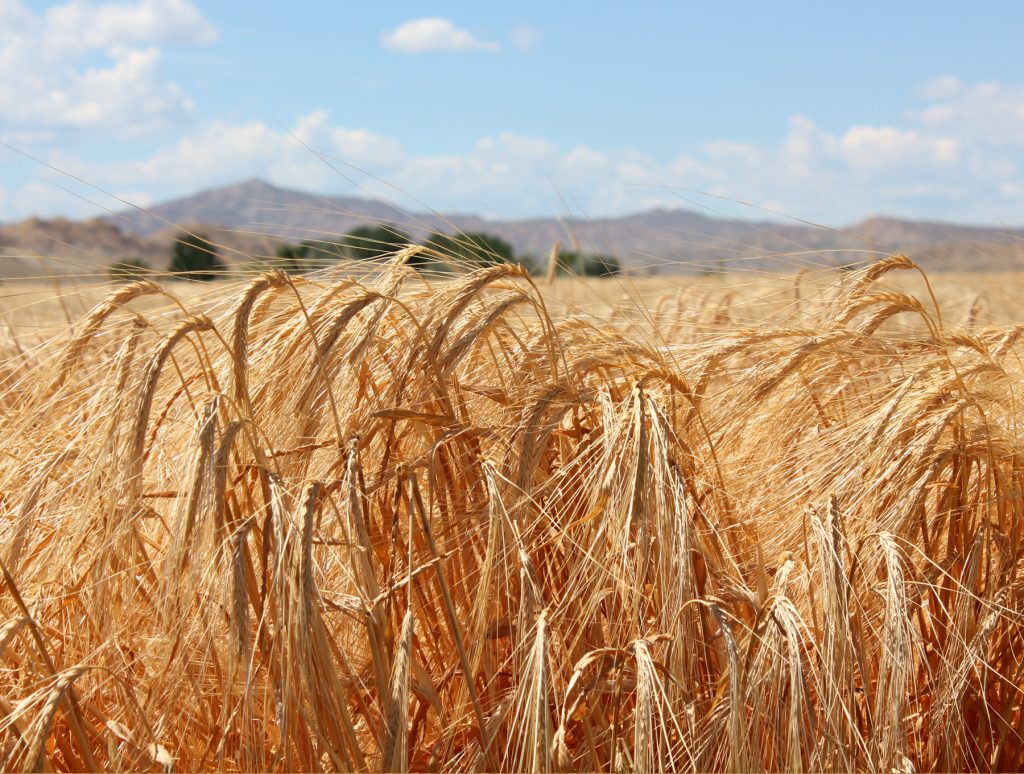
Part of providing high-quality and safe raw materials into our manufacturing facilities is taking all of the necessary steps to ensure practices within the supply chain will lend to the management of any potential disease that could infect the barley and other small grains we source. One potential disease threat during the growing season is fungal infection, which has the potential to lead to production of secondary metabolites of that fungus. The toxic secondary metabolites are called mycotoxins and are compounds with regulatory limits to ensure the safety of the finished users of those grains. There are only certain types of molds and fungi that produce mycotoxins of concern, of which only a few are potentially present in barley. Fusarium species are the most likely.
Fusarium
Fusarium is a large group of fungi that have species able to survive in a wide range of environments. Plant pathologists have identified this as one of the primary potential inoculants to barley, hence the large amount of research and available information to mitigate its presence. The species that are of most concern have the potential to produce mycotoxins in barley, wheat, oats, and other cereal grains. The disease that is caused by fusarium infection in small grains is commonly known as Fusarium Head Blight (FHB), which has caused widespread epidemics of crop losses over the last 100 years throughout the United States. Since the early 1990s, wheat and barley farmers across the United States have lost over $3 Billion due to FHM epidemics. Major advances in agronomic practices and breeding advancements have greatly reduced the prevalence of these events. Federal funding continues to focus on investing in research to advance improvements in all aspects of crop management to prevent this disease.
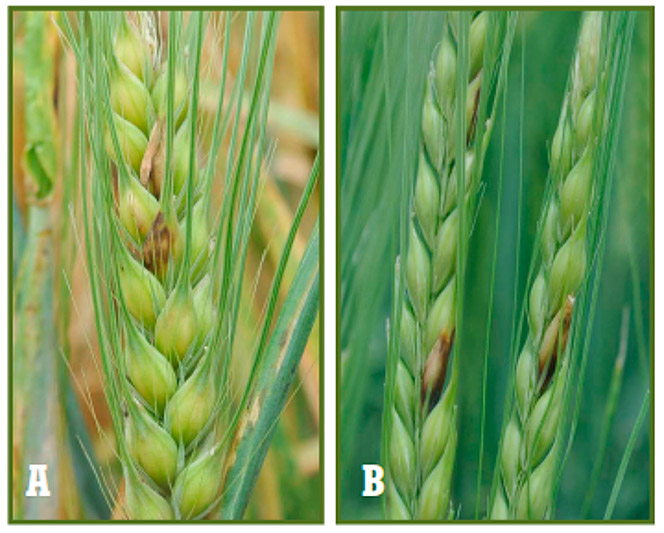
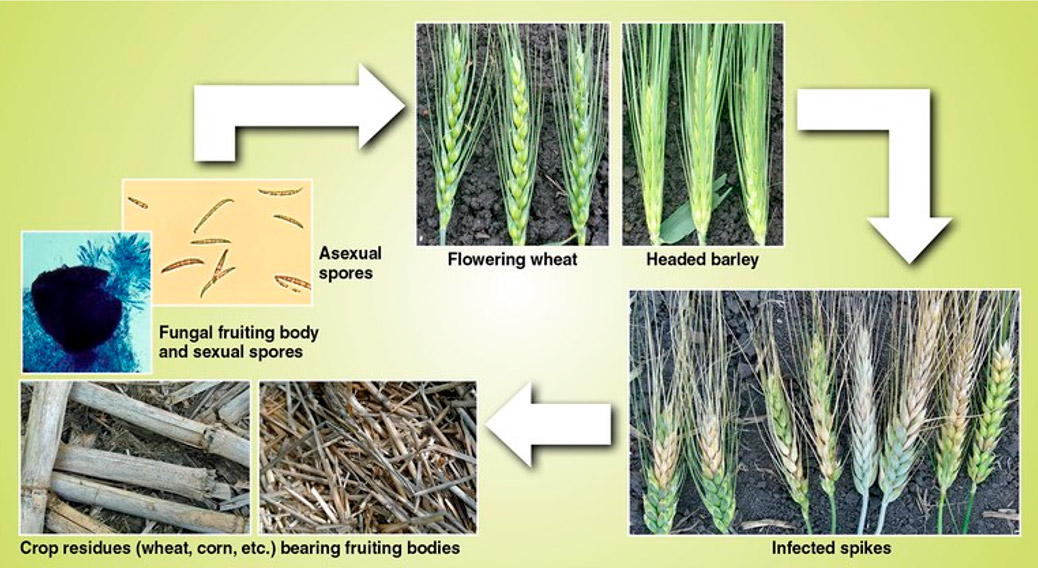
Check out this link to learn more about the research: https://scabusa.org
DON (Deoxynivalenol)
In the event of a fusarium infection, the highest risk mycotoxin to barley and malt production is deoxynivalenol, also known as DON. The FDA has an established advisory limit for DON in ingredients for direct human consumption as well as animal feed.
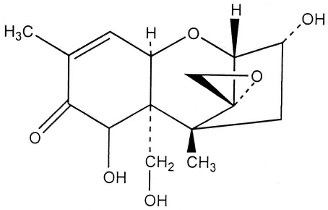
To ensure levels that are compliant with regulatory standards as well as within our customer expectations, Briess upholds DON specifications that are more stringent than regulatory advisory limits. This in addition to verification testing on all received raw materials, temperature and relative humidity monitoring during storage, and good storage practices and malting practices provide a solid assurance that all the malts we provide are food safe and of the highest quality.
Grower Practices
Environmental conditions such as temperature, humidity, rainfall, and crop rotation are factors that will affect whether mold will grow on grains on the field, during harvest, or during storage. Experienced growers follow good storage and agricultural practices, which include monitoring watering or general moisture content of grains during their growth cycle, utilizing targeted fungicides during high-risk timing of development, and monitoring and controlling drying of grains prior to and during silo storage. Each of these are hurdles that can prevent or reduce the risk of fungal infection.
Breeding Impact
In addition to managing the environmental factors, there have been parallel efforts in barley breeding to create varieties that have resistance to fungal infection. This will allow for less inputs to the process for the grower and reduce the risk of mycotoxin production for the end user. Barley breeders and geneticists have identified some of the key DNA markers that promote resistance and continue to work to isolate those in future lines.
Barley in the Bighorn Basin
One of the key advantages to having barley in a high mountain desert region like the Bighorn Basin of Wyoming and Montana is the ideal climate for growing barley that is much less likely to pose a risk of Fusarium infection and mycotoxin development. The unique flood irrigation systems as well as ideal crop management practices have led to little or no presence of fungal damage to the barley planted there. Although the conditions and depth of experience in crop management of our grower network are the key components of the prevention of mycotoxins, Briess continues to monitor DON levels on each barley load received from the field all the way through the malthouse. We continue to support research into the prevention of fusarium disease as well as innovative crop management practices to allow us to produce the highest quality barley.
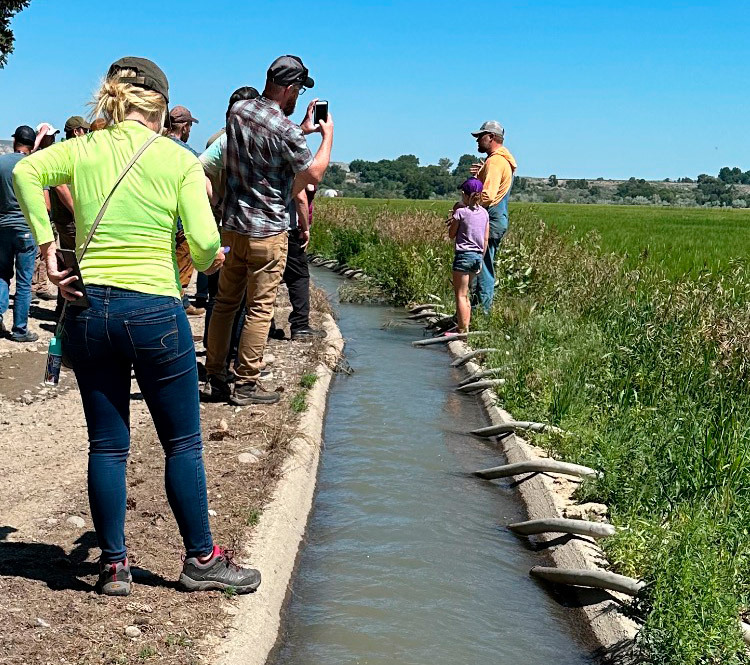
ndsu.edu/agriculture/ag-hub/publications/fusarium-head-blight-scab-small-grains
apsnet.org/edcenter/disandpath/fungalasco/pdlessons/Pages/Fusarium.aspx


